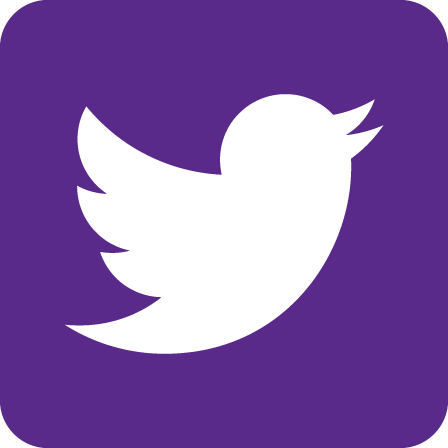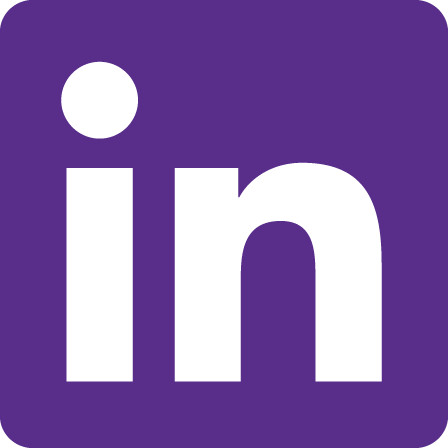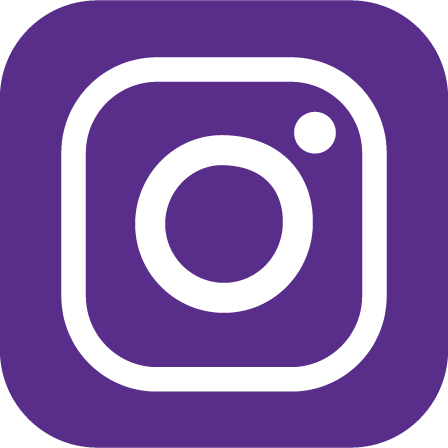Pitch Presentation Guide
A great way to help communicate your innovation to others is to build a pitch deck. Pitch decks come in numerous formats, lengths, and topics covered. Further, some pitch decks are meant to be delivered in person (which would rely less on text), while others are meant to be reviewed ahead of a meeting with the interested party (which may rely more on text). The pitch deck format below is meant to be shared with an interested party ahead of a meeting and is a great way to visualize your innovation and commercialization strategy. This slide deck format has been used by the Office of Licensing and Commercialization to engage potential licensees, industry experts, and consultants. Slide decks are living documents and will likely change as you obtain new information about your idea and innovation. It is recommended that you put together a slide deck prior to requesting a mentor. If you have questions or would like to have your slide deck reviewed, contact Dr. Carlyle Rogers.



Slide Set Overview
Slide 1: Problem
- Start with a story, fact, or question to capture the audience’s attention.
- Quantify the problem and who has the problem.
- In this slide you are talking about the global problem, in the next slide you will drill down into why there is an opportunity for a solution to be developed for this problem. For example, if your problem is melanoma skin cancer you would talk about there being 100,000 new cases each year and 7,000 deaths. In the next slide, you will dive into the specific needs and opportunities.
Slide 2: Need/Opportunity
- This slide will focus on what are the specific needs or opportunities within the larger problem. For example, in the previous slide you may have talked about how there are over 100,000 new melanoma cases each year and 7,000 deaths. In the need/opportunity slide you are going to discuss how although there are treatments on the market, the 5-year survival rate is ~22.5% and the recurrence rate is ~45%. These statistics demonstrate a need to generate new therapeutics that can improve survival and decrease recurrence.
- Types of need/opportunity could be to improve time, reduce cost, prevent injury, enhance operations, etc..
- Make sure both the problem and need are quantified with a number. This quantification will help investors and licensees understand the potential impact.
Slide 3: Solution:
- Use images or diagrams to show how the solution works.
- Be clear about how the solution aligns with solving the problem and addressing the need.
- What specific customer does your solution work for?
- What outcomes or impact will the solution generate?
Slide 4: Technical Overview
- Provide any proof of concept data the demonstrates your solution works.
- Data and graphs should be easy to understand as your audience may not be experts in your field.
- Focus on 2-3 main points from the data.
- Avoid putting multiple graphs.
Slide 5: Product/Service/Business Model Overview:
- In this slide you will diagram how your business or service would work. For example, think about how your customer finds out about your product or service, how they will purchase it, what type of support is needed following the purchase, how you will deliver your solution, etc..
- Do you have a business-to-business model or business-to-customer model?
- Are you doing direct sales, leasing, or licensing your product or service?
- Is the purchase going through a distributor?
- Are you selling one at a time or in bulk?
- Are there any regulations or laws that may hinder or enhance sales?
- Shipping or other steps needed.
Slide 6: Market
- What is the size of your target market?
- Predict the growth in your given market segment.
- What is driving market growth?
- Describe any barriers to entry or trends.
- Who are the major players in the field and what is their market share?
- What feedback do you have from your primary customers?
Slide 7: Competition:
- Discuss the advantages and disadvantages of your product/service compared to your competition.
- Include competition that is in the market, in development, and any competition that has failed.
- Use a competition matrix to allow your audience to easily observe the positives and negatives.
Slide 8: Team
- List everyone’s name and a photo if possible.
- What role do they have and what experiences do they have which contributes to success?
- State why your team is the right team (experience, background, personal account of the problem, etc..).
- Is there a team member or guidance you need to add to the team?
Slide 9: Development Timeline
- What milestones do you need to achieve to get to the next step?
- Why are these milestones important?
- Milestones can be technical (i.e. proof of concept) or business related (raising funds, adding a team members, etc.).
- Define how long each milestone will take and the cost.
Financials/Funding:
- How much money does it cost to make your product?
- Are there any other costs you need to account for? (customer acquisition, website, advertising, insurance, accounting, intellectual property, etc..)
- How much revenue can you generate in years 1, 2, and 3?
- Do you have more than 1 revenue stream?
- What is your cash burn rate?
The Ask:
- Discuss what your next step will be and what resources are needed to achieve success.
- If you ask for investment funding, clarify what you are going to give in return.
- If you ask for help, clarify what specific help you need and why.




